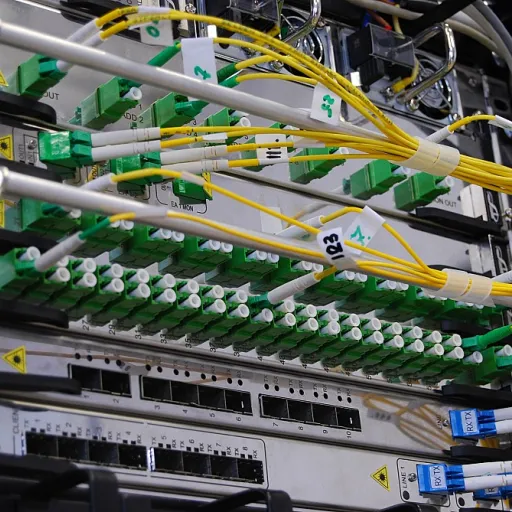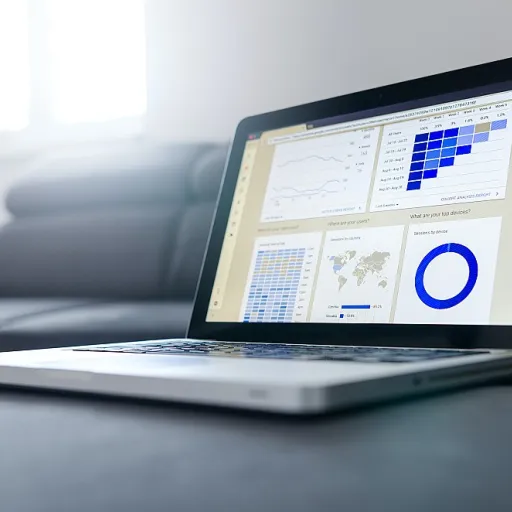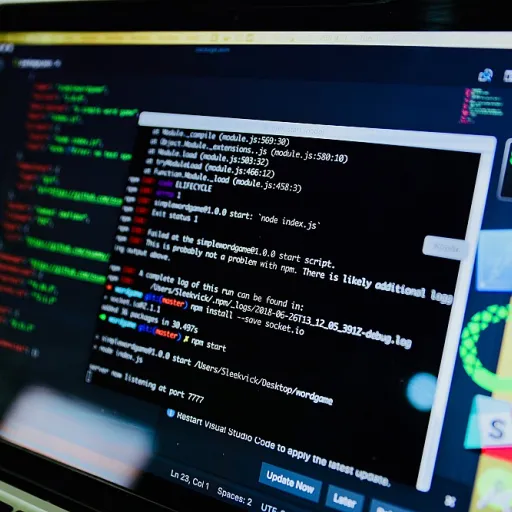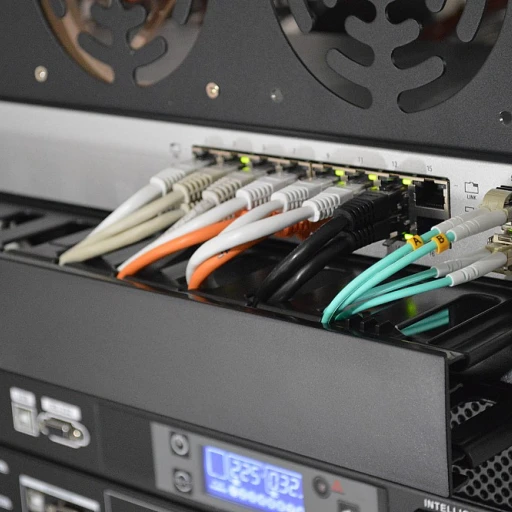
Understanding Software Product Modernization
Defining the Path to Modern Software Products
In the rapidly evolving landscape of technology, understanding the concept of software product modernization is crucial for businesses aiming to stay competitive. At its core, modernization involves updating and enhancing legacy systems and applications to meet current and future demands. This process is not merely about upgrading outdated software but transforming it to align with modern business needs and technological advancements.
Legacy systems, often built on outdated architectures, can hinder a company's ability to innovate and respond swiftly to market changes. Modernizing software products involves a strategic approach to revamp these systems, ensuring they are scalable, efficient, and capable of delivering a superior user experience. This transformation often includes cloud migration, which allows businesses to leverage the flexibility and scalability of cloud-native solutions.
Moreover, the modernization process is not a one-size-fits-all solution. It requires a tailored strategy that considers the unique needs and goals of each organization. This strategy may involve re-architecting the system, refactoring code, or even replacing certain applications entirely. The ultimate aim is to create a robust tech stack that supports long-term growth and innovation.
For businesses embarking on this journey, understanding the intricacies of software modernization is the first step. It sets the foundation for developing effective modernization strategies that can drive significant improvements in performance and user satisfaction. To delve deeper into crafting an effective value proposition for software modernization, you can explore this resource.
Key Drivers Behind Modernization
Why Modernization is Crucial for Business Growth
In today's fast-paced digital landscape, the need to modernize software products is more pressing than ever. Businesses are driven by several key factors that make modernization not just a choice but a necessity. Understanding these drivers can help organizations develop a robust modernization strategy that aligns with their long-term goals.
Enhancing User Experience and Satisfaction
User expectations are constantly evolving, and outdated software can no longer meet the demands of modern users. By modernizing software, businesses can significantly improve user experience, leading to increased satisfaction and loyalty. This involves updating the user interface, optimizing performance, and ensuring seamless integration with other systems.
Leveraging Cloud Technologies
The shift towards cloud-native applications is a major driver for modernization. Cloud migration offers numerous benefits, including scalability, flexibility, and cost-efficiency. By moving legacy systems to the cloud, businesses can enhance their operational capabilities and stay competitive in the market.
Improving System Performance and Security
Legacy systems often suffer from performance bottlenecks and security vulnerabilities. Modernizing these systems can address these issues by adopting new architectures and technologies. This not only improves system performance but also strengthens security measures, protecting sensitive data from potential threats.
Streamlining Business Processes
Modernization allows businesses to streamline their processes, making them more efficient and effective. By updating outdated software and integrating new technologies, organizations can automate routine tasks, reduce manual errors, and improve overall productivity.
Adapting to Market Changes
The business environment is constantly changing, and companies need to adapt quickly to stay relevant. Modernizing software products enables businesses to respond to market changes more effectively, whether it's through faster development cycles, improved data analytics, or enhanced customer engagement strategies.
For more insights on how to develop innovative strategies for skill development in software, you can explore this resource.
Challenges in Modernizing Legacy Systems
Overcoming the Hurdles of Legacy Systems
Modernizing legacy systems presents a unique set of challenges that businesses must navigate carefully. These systems, often deeply embedded in a company's operations, can be difficult to update without disrupting existing processes. The complexity of legacy software, coupled with outdated architecture, makes the modernization process a daunting task.
One of the primary challenges is the migration of data. Legacy systems often house vast amounts of critical data that need to be transferred accurately to new platforms. This process requires meticulous planning and execution to ensure data integrity and security. Additionally, the compatibility of legacy code with modern applications can be a significant hurdle. Often, the code in these systems is outdated, making it incompatible with new technologies and cloud-native environments.
Another challenge is the user experience. Legacy systems may not meet the expectations of modern users who are accustomed to intuitive and responsive interfaces. Updating these systems to enhance user experience without compromising functionality is a delicate balance.
Moreover, the time and resources required for modernization can be substantial. Businesses must allocate sufficient resources for development and testing, which can strain budgets and timelines. This is where a well-defined modernization strategy becomes crucial, helping to streamline the process and minimize disruptions.
Finally, the risk of business disruption during the transition cannot be overlooked. Companies must ensure that their operations continue smoothly while the modernization process is underway. This often involves implementing a phased approach to minimize downtime and maintain business continuity.
Despite these challenges, modernizing software is essential for businesses to remain competitive. By adopting best practices and leveraging emerging technologies, companies can transform their legacy systems into agile, efficient, and future-ready solutions. For insights on how companies are successfully navigating these challenges, check out how Waze generates revenue through innovative strategies.
Emerging Technologies Shaping Modernization
Technological Innovations Driving Change
As businesses strive to modernize their software products, emerging technologies are playing a pivotal role in shaping the modernization landscape. These innovations are not just enhancing user experience but also redefining how legacy systems are transformed into agile, efficient, and scalable solutions.
Cloud Computing and Cloud-Native Architectures
Cloud computing has become a cornerstone in the modernization process. By migrating applications to the cloud, businesses can leverage scalable resources, reduce costs, and improve system performance. Cloud-native architectures further enhance this by allowing applications to be built and run in a way that fully exploits the advantages of the cloud delivery model. This shift not only modernizes outdated software but also aligns with long-term business strategies.
Microservices and Containerization
Microservices architecture is revolutionizing how software development is approached. By breaking down applications into smaller, independent services, businesses can achieve greater flexibility and faster deployment times. Containerization, often used alongside microservices, provides a consistent environment for development, testing, and deployment, making the modernization process more efficient.
Artificial Intelligence and Machine Learning
AI and ML are increasingly being integrated into software products to enhance functionality and user experience. These technologies enable systems to learn from data, automate processes, and provide insights that were previously unattainable. As a result, they are crucial in modernizing legacy systems, allowing businesses to stay competitive in a rapidly evolving market.
DevOps and Continuous Integration/Continuous Deployment (CI/CD)
The adoption of DevOps practices and CI/CD pipelines is essential for modernizing software products. These methodologies streamline the development process, reduce time to market, and ensure that updates and new features are delivered consistently and reliably. By integrating these practices, businesses can maintain a competitive edge while ensuring their systems remain up-to-date and efficient.
Incorporating these emerging technologies into a modernization strategy is not without its challenges, as discussed in the previous sections. However, the benefits they bring in terms of agility, scalability, and user satisfaction make them indispensable tools in the journey towards modernizing software products.
Strategies for Successful Modernization
Crafting a Roadmap for Software Modernization
Embarking on the journey to modernize software products requires a well-thought-out strategy. A successful modernization strategy involves a clear understanding of the current state of your legacy systems and a vision for the future. This process begins with a comprehensive assessment of the existing software architecture, identifying outdated components and areas that need improvement.
Prioritizing Cloud Migration
One of the most effective strategies for modernizing software is migrating to the cloud. Cloud migration not only enhances scalability and flexibility but also reduces the long-term costs associated with maintaining on-premises systems. By adopting a cloud-native approach, businesses can leverage modern infrastructure to improve user experience and streamline operations.
Embracing Agile Development Practices
Agile development practices are crucial in the modernization process. They allow for iterative improvements and faster delivery of software products. By breaking down the modernization process into smaller, manageable tasks, teams can focus on delivering value incrementally, ensuring that the modernization efforts align with business goals and user needs.
Integrating Emerging Technologies
Incorporating emerging technologies such as artificial intelligence and machine learning can significantly enhance the capabilities of modernized software. These technologies can automate processes, provide data-driven insights, and improve decision-making. By staying abreast of technological advancements, businesses can ensure their software products remain competitive and relevant.
Ensuring Robust Data Management
Data is at the core of any software product. A successful modernization strategy must include robust data management practices. This involves ensuring data integrity, security, and accessibility. By implementing modern data architectures, businesses can enhance their ability to analyze and utilize data effectively, driving better business outcomes.
Fostering a Culture of Continuous Improvement
Finally, fostering a culture of continuous improvement is essential for long-term success in software modernization. Encouraging teams to regularly evaluate and refine their processes ensures that the software remains adaptable to changing business needs and technological advancements. This proactive approach helps businesses stay ahead of the curve and maintain a competitive edge.
Future Trends in Software Modernization
Anticipating Future Trends in Software Modernization
As we look ahead, the landscape of software modernization continues to evolve, driven by technological advancements and shifting business needs. Understanding these future trends is crucial for businesses aiming to stay competitive and relevant.
Cloud-Native Architectures
The shift towards cloud-native architectures is set to accelerate. Businesses are increasingly moving away from outdated systems, opting for cloud migration to enhance scalability and flexibility. This transition not only modernizes software products but also optimizes the user experience by leveraging the cloud's capabilities.
AI and Machine Learning Integration
Artificial intelligence (AI) and machine learning (ML) are becoming integral to modernizing software. These technologies enable systems to process data more efficiently, automate routine tasks, and provide predictive insights, enhancing the overall functionality of software applications.
Microservices and Modular Development
Microservices architecture is gaining traction as a modernization strategy. By breaking down applications into smaller, independent modules, businesses can improve the agility and resilience of their systems. This approach facilitates easier updates and maintenance, reducing downtime and improving the modernization process.
Focus on User-Centric Design
Future software development will prioritize user-centric design. As user expectations evolve, businesses must ensure that their software products offer intuitive and seamless experiences. This involves continuous feedback loops and iterative development processes to refine applications based on user needs.
Enhanced Security Measures
With the increasing complexity of software systems, security remains a top priority. Future modernization efforts will focus on integrating robust security measures into the development process, ensuring that applications are resilient against emerging threats.
Long-Term Sustainability
Finally, sustainability will play a crucial role in software modernization. Businesses are recognizing the importance of developing systems that are not only efficient but also environmentally friendly. This involves adopting best practices that minimize resource consumption and promote long-term sustainability.
In conclusion, the future of software modernization is shaped by a blend of technological innovation and strategic foresight. By embracing these trends, businesses can ensure their legacy systems evolve to meet the demands of the modern world.


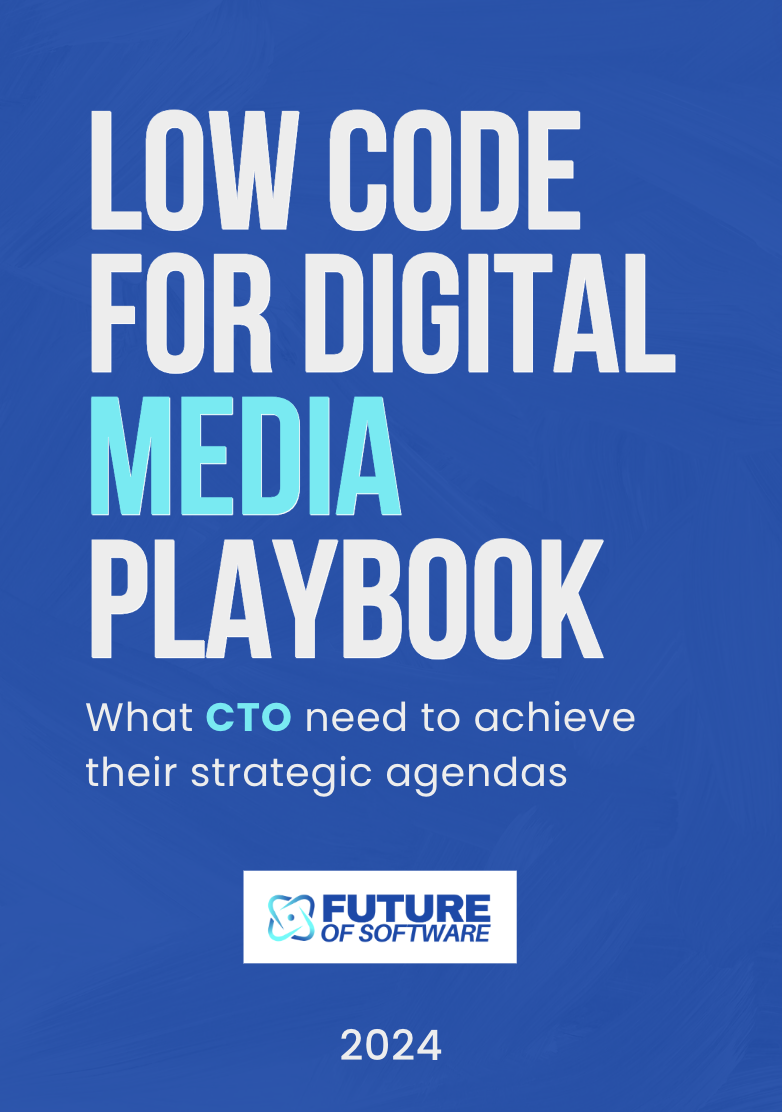

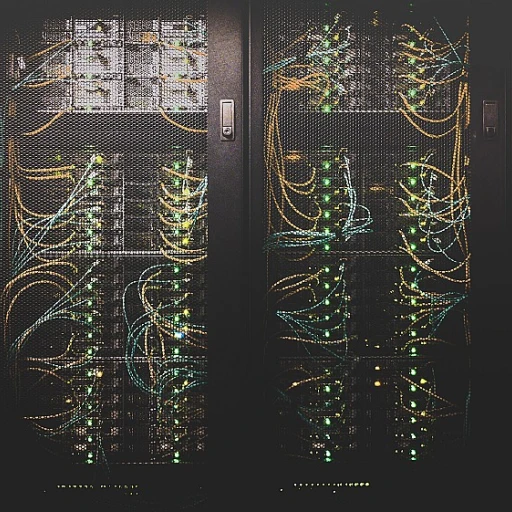
-large-teaser.webp)
